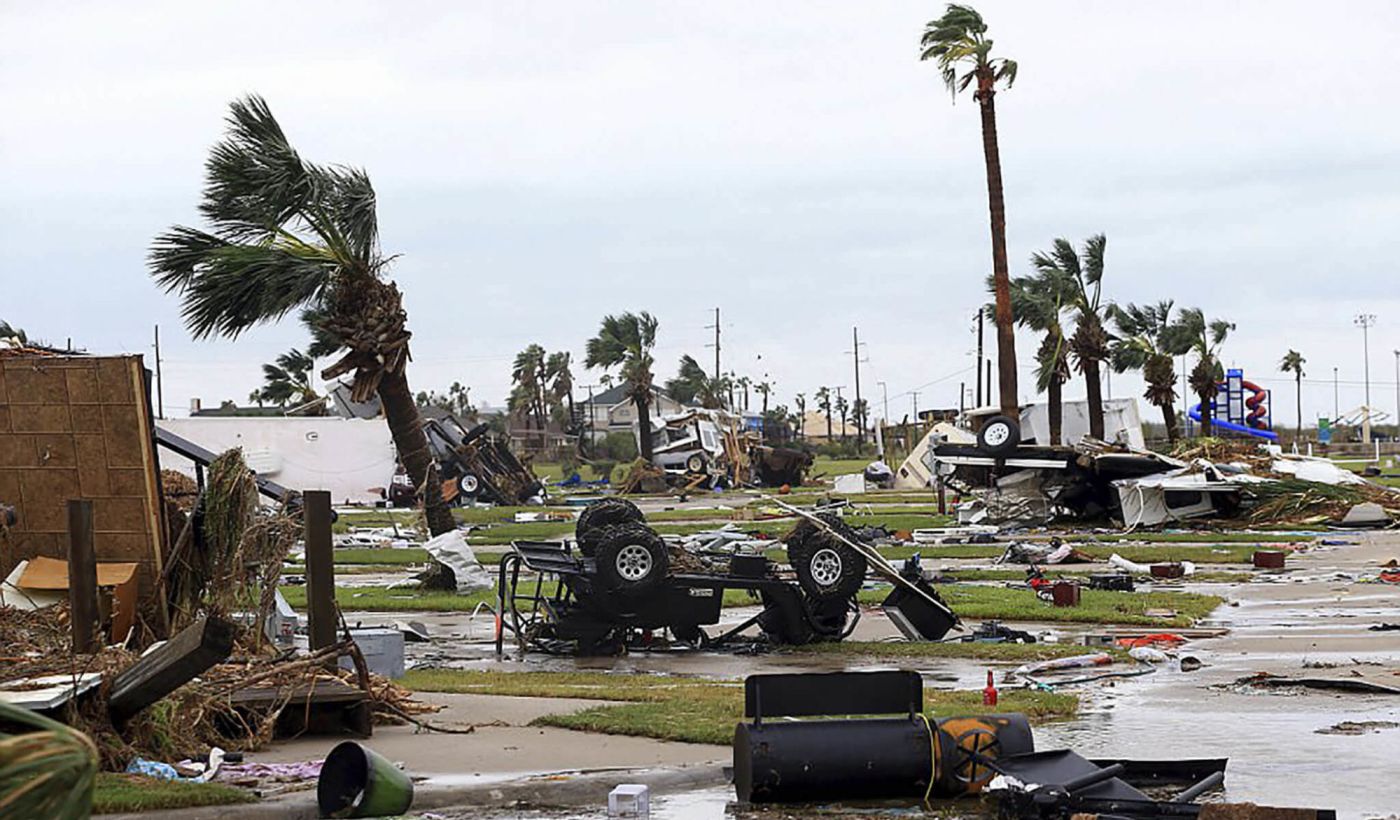You must have cookies enabled for the site to work properly.

Prepare For Summer Storms
Friday June 7, 2019
Spring showers quickly morph into Summer Storms that range from heavy downfalls to Tornadoes and Hurricanes. Preparation is vital in emergency situations due to these natural disasters.
Thunderstorms and Lightning
Thunderstorms and lightning is a leading cause of injury and death from weather-related hazards. Although most lightning victims survive, people struck by lightning often report a variety of long-term, debilitating symptoms. Thunderstorms are dangerous storms that include lightning and can include powerful winds over 50 MPH with dangerous hail and flooding.
PREPARE NOW
- Have a Family Disaster Preparedness Kit From ProPac
- Know your area’s risk for thunderstorms. In most places, they can occur year-round and at any hour.
- Sign up for your community’s warning system. The Emergency Alert System (EAS) and National Oceanic and Atmospheric Administration (NOAA) Weather Radio also provide emergency alerts.
- Identify nearby, sturdy buildings close to where you live, work, study, and play.
- Cut down or trim trees that may be in danger of falling on your home.
- Consider buying a ProPac Solar Pro Power Panel, surge protectors, lightning rods, or a lightning protection system to protect your home, appliances, and electronic devices.
Tornadoes
Tornadoes can destroy buildings, flip cars, and create deadly flying debris. Tornadoes are violently rotating columns of air that extend from a thunderstorm to the ground. Tornadoes can happen anytime, anywhere bringing intense winds of over 200 MPH. They appear as rotating funnels and can cause death and catastrophic damage to property.
PREPARE NOW
- Get a ProPac Tornado Survival Kit
- Know your area’s tornado risk. In the U.S., the Midwest and the Southeast have a greater risk for tornadoes.
- Know the signs of a tornado, including a rotating, funnel-shaped cloud; an approaching cloud of debris; or a loud roar—similar to a freight train.
- Sign up for your community’s warning system. The Emergency Alert System (EAS) and National Oceanic and Atmospheric Administration (NOAA) Weather Radio also provide emergency alerts. If your community has sirens, then become familiar with the warning tone.
- Pay attention to weather reports. Meteorologists can predict when conditions might be right for a tornado.
- Identify and practice going to a safe shelter in the event of high winds, such as a safe room built using FEMA criteria or a storm shelter built to ICC 500 standards. The next best protection is a small, interior, windowless room on the lowest level of a sturdy building.
- Consider constructing your own safe room that meets FEMA or ICC 500 standards.
Hurricanes
Hurricanes are massive storm systems that form over warm ocean waters and move toward land. Potential threats from hurricanes include powerful winds, heavy rainfall, storm surges, coastal and inland flooding, rip currents, tornadoes, and landslides.
The Atlantic hurricane season runs from June 1 to November 30. The Pacific hurricane season runs May 15 to November 30. Hurricanes can happen along any U.S. coast or in any territory in the Atlantic or Pacific oceans and affect areas more than 100 miles inland. They are most active in September.
PREPARE NOW
- Order your ProPac Hurricane Survival Kit
- Sign up for your community’s warning system. The Emergency Alert System (EAS) and National Oceanic and Atmospheric Administration (NOAA) Weather Radio also provide emergency alerts.
- If you are at risk for flash flooding, watch for warning signs such as heavy rain.
- Practice going to a safe shelter for high winds, such as a FEMA safe room or ICC 500 storm shelter. The next best protection is a small, interior, windowless room in a sturdy building on the lowest level that is not subject to flooding.
- Based on your location and community plans, make your own plans for evacuation or sheltering in place.
- Become familiar with your evacuation zone, the evacuation route, and shelter locations.
- Gather needed supplies for at least three days. Keep in mind each person’s specific needs, including medication. Don’t forget the needs of pets.
- Keep important documents in a safe place or create password-protected digital copies.
- Protect your property. Declutter drains and gutters. Install check valves in plumbing to prevent backups. Consider hurricane shutters. Review insurance policies.